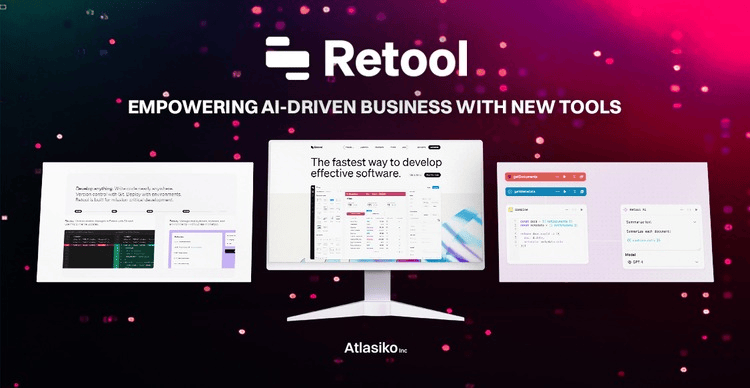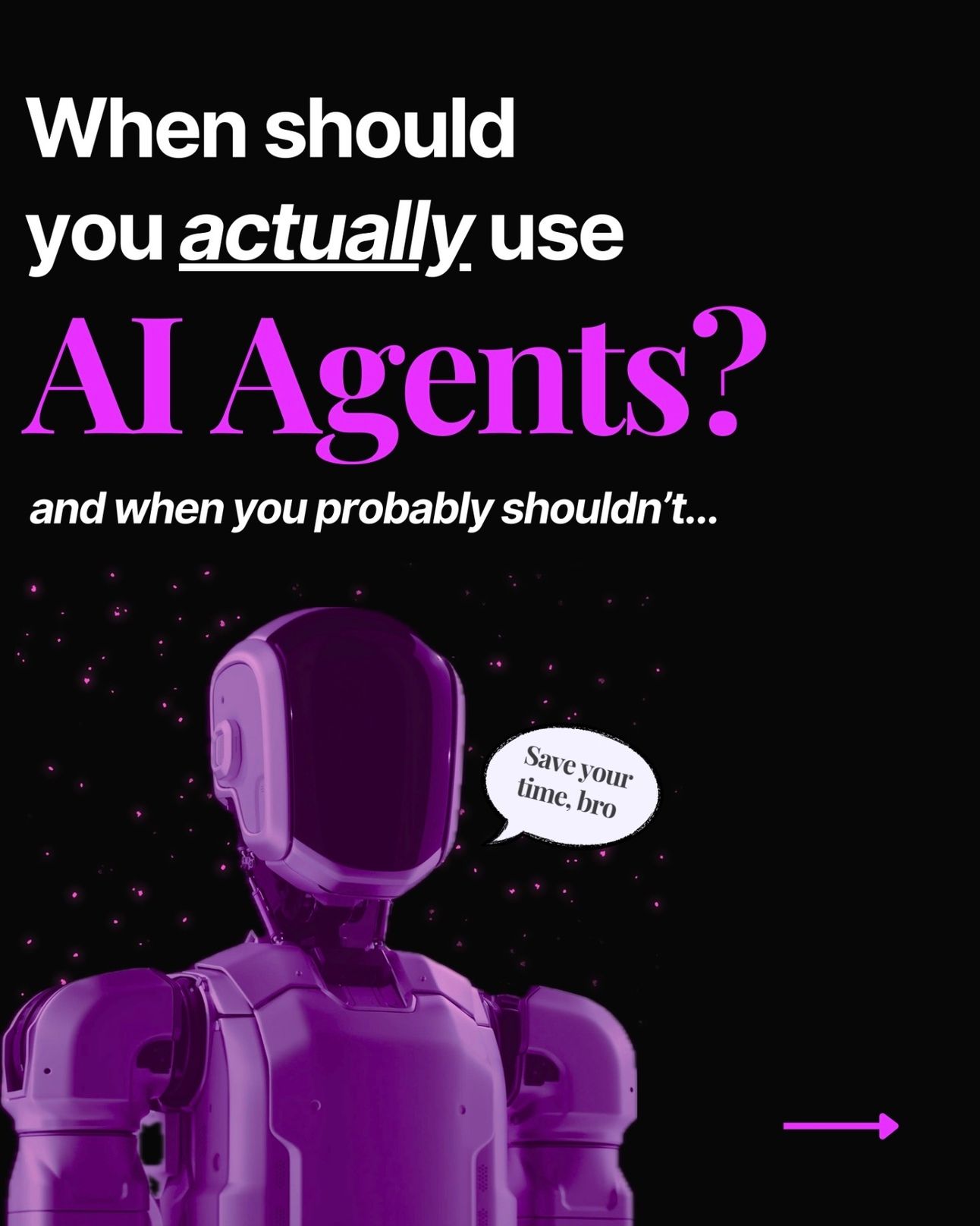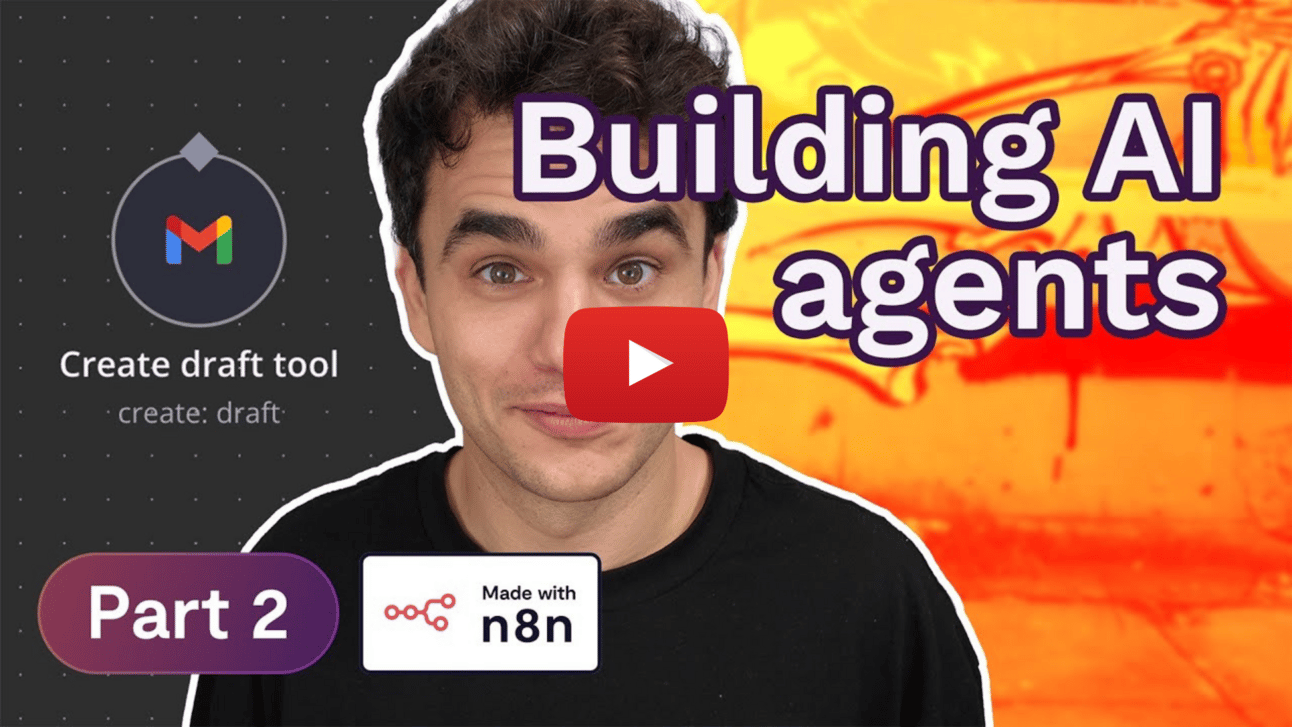
Today, we’re bringing you the latest in AI-powered marketing and business strategies. Here’s what’s inside:
🚨 AI Top Story: Before your AI agents create chaos, make sure they’re working within guardrails.
💬 Killer Marketing prompt: Don’t Deploy Your Agent Without This Guardrail Prompt
🎯 AI Use Case Of The Week: How Ferrari is using real-time AI to turn race day into a personalised fan experience
🌟 Creator Spotlight: Martin Hýravý breaks down what AI agents are actually good at—and how to keep them useful without letting them run wild.
🎥 YouTube Resource Of The Week: How to build guardrails around AI actions in n8n

How to Keep AI Agents Under Control
Real Fixes For Common AI Agent Issues

When AI agents are empowered to make decisions and take actions on their own, they can save time, scale operations, and reduce manual effort. But they can also wreak havoc if left unchecked. It’s not just about automating more tasks; it’s about handing off real responsibility to software.
These agents aren’t just following instructions; they’re deciding what to do and taking action without waiting for human input. That shift opens up a lot of potential, but also a lot of room for things to go sideways.
One of the biggest missteps right now is treating these agents like static tools. In reality, they need to be treated like real members of your team, with job descriptions, access levels, oversight, and performance reviews. Each agent should have a unique identity that can be tracked. You should know exactly what data it’s allowed to touch, which systems it’s connected to, and what kind of decisions it’s allowed to make.
Start with something simple: can you tell, right now, what actions your AI agent took yesterday? If not, that’s a red flag. Every agent should have a log—a clear record of what it did and when—and someone on your team should actually be reviewing it.
Access control is another easy place to tighten things up. Let’s say your agent is writing email copy. Great. But should it also be able to access customer PII, or update your CRM, or pull sales data across every region? Probably not. Narrow the scope. Give it access to the tools and data it needs, and nothing more.
Another area that’s starting to raise concerns is agents creating other agents. Some frameworks already allow this, where one AI kicks off a process that involves spawning multiple helper agents. It can be powerful in theory, but without hard limits or oversight, it gets messy fast. If an agent can spin up five more agents without checks, you’re not scaling. You’re losing visibility. Recursive autonomy sounds futuristic, but in practice it often creates black boxes that are hard to understand and impossible to debug.
The fix doesn’t require a massive overhaul. Most of it comes down to structure: scoped permissions, identity for every agent, logging, and oversight. It’s basic stuff, but it’s not being consistently applied.
Treat these systems like junior team members. You wouldn’t give a new hire full production access on day one with no oversight. AI agents should be no different, even if they move faster, make fewer mistakes, and never sleep.

📸 AI influencers compete for followers and brand deals on social media - Virtual influencers are reshaping social media, securing real brand deals and followers, while raising questions about authenticity and safety in the digital age.
🤔 Why most marketers are using AI wrong (and how to fix it) - Many marketers are misapplying AI, focusing on flashy tools over strategic integration. This piece outlines practical steps to align AI use with marketing objectives.
⏳ 5 Ways Marketers Are Using AI to Automate Boring Research Tasks - Discover how AI is streamlining tedious marketing tasks like competitor analysis and trend spotting, freeing up time for creative and strategic work.
🌐 Large language models that power AI should be publicly owned - The importance of transparency and accessibility in the tools shaping our understanding of history and culture.
🎯 The Artificially Intelligent Enterprise - Don't Sleep on the ChatGPT Desktop App
☕️ AI Tangle - DeepSeek's Stealth R1 Update, xAI's $300M Telegram Deal & The NYT's First AI Deal with Amazon

AI Agents You Can Track and Trust with Retool
Retool Agents is a new product from Retool that gives you the power to deploy real, working AI agents that aren’t just chatbots — they’re capable of planning, executing, and adapting as they complete tasks. Whether you’re processing customer refunds, generating reports, or running internal workflows, these agents are designed to work across your tools and APIs, with full visibility and control.
Each agent is “hyperspecific,” meaning you can fine-tune it to handle a single task really well. That makes them faster, more accurate, and way easier to monitor than most generic AI automations.
Why We Like It
Purpose-built agents – instead of a single generalist bot, you can deploy focused agents for individual tasks
Self-planning + error handling – agents can make decisions, handle edge cases, and try again if something fails
Full stack integrations – works with your internal tools, APIs, databases, and UIs
Visibility + control – centralised interface shows you what every agent is doing and why
Cleaner than prompt-chaining – avoids the mess of duct-taped workflows across tools like GPT or Zapier
Pricing
You can get started with Retool Agents on the free plan, which includes access to core features and enough flexibility for light internal tools and early agent experiments. If you need more scale, data integrations, or advanced features, Retool also offers paid plans starting at $15/month per user.

Inside Ferrari’s AI-Powered Fan Experience

The Overview
Ferrari partnered with IBM to create a mobile app experience powered by AI that delivers real-time updates, hyper-personalised content, and behind-the-scenes insights to fans. The goal is to turn passive viewers into active, engaged participants during Formula 1 races.
For marketers and digital product teams, it’s a smart example of using AI not just to automate, but to amplify engagement - delivering the right message, moment, or experience based on user behaviour and live data.
How It Works
The Ferrari app uses IBM’s Watsonx AI platform to pull live telemetry, contextualise it, and present it in a way that feels curated to each individual fan.
The system taps into:
Real-time car performance data: Speed, tire wear, driver positioning
User preferences and behaviour: Favourite drivers, past app activity
Event-based triggers: Crashes, pit stops, overtakes
AI models interpret this firehose of inputs and surface personalised content like custom race stats, exclusive interviews, or camera feeds, based on what a user cares about most.
This isn't just dashboards and data. It's dynamic, story-driven engagement that evolves lap-by-lap.

Martin Hýravý - Not sure what to build with AI agents? This guide shows where they shine, where they fail, and how to use them without handing over the keys.

Before You Launch Your AI Agents, Run This Prompt First
If you’re building an AI agent to handle real tasks in your workflow; replying to emails, updating records, processing requests — this prompt helps you define exactly what the agent should and shouldn’t be able to do.
It’s designed to surface hidden risks, clarify what access the agent actually needs, and suggest practical constraints so you don’t end up with an overly powerful or unpredictable system. Whether you’re working in n8n, Retool, LangChain, or a custom setup, this prompt gives you a clear framework for scoping, securing, and deploying AI agents with confidence.
Use it before launch, while prototyping, or whenever you want to tighten up an agent’s behaviour without compromising its usefulness.
Prompt:
I’m building an AI agent to handle the following task:
[insert task description, e.g. “automatically drafting replies to inbound support emails”].
Here’s a bit of context about my business or workflow:
[insert business details, e.g. “we’re a B2B SaaS company handling sensitive customer data in healthcare”].
My goals for this agent are:
[insert key goals, e.g. “reduce response time, stay on-brand, and avoid sending inaccurate info”].
Please help me define the best set of guardrails for this agent by analyzing:
- What risks or edge cases this AI agent might introduce
- Which parts of the workflow should be constrained (and how)
- What permissions and data access it should or should not have
- Which variables should be manually reviewed vs. handled autonomously
- Where human-in-the-loop checks are essential (and where they’re not)
- How to log and audit the agent’s actions for accountability
- How to make the agent more predictable without reducing its usefulness
I want the output to be specific to my task and include concrete examples where possible









